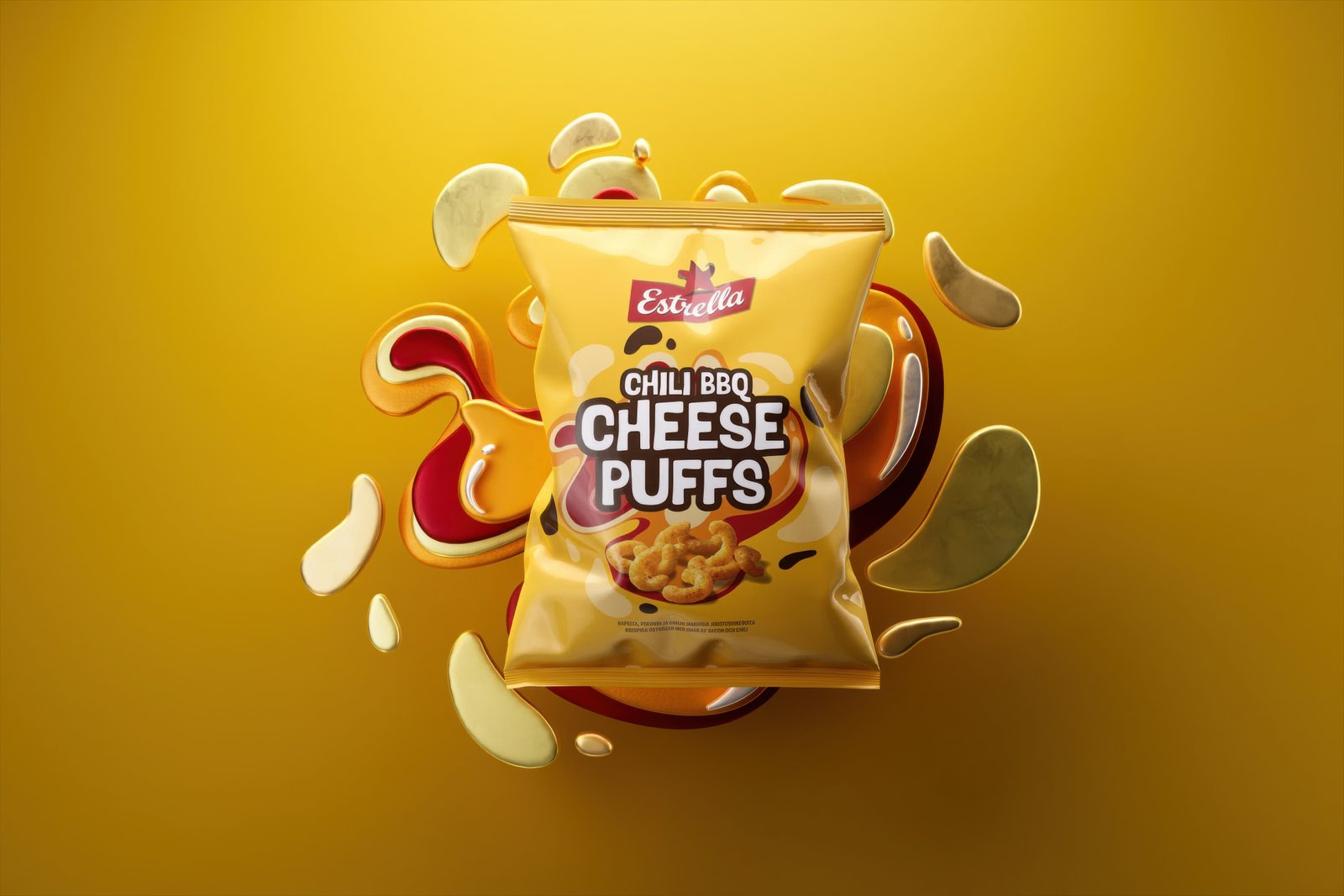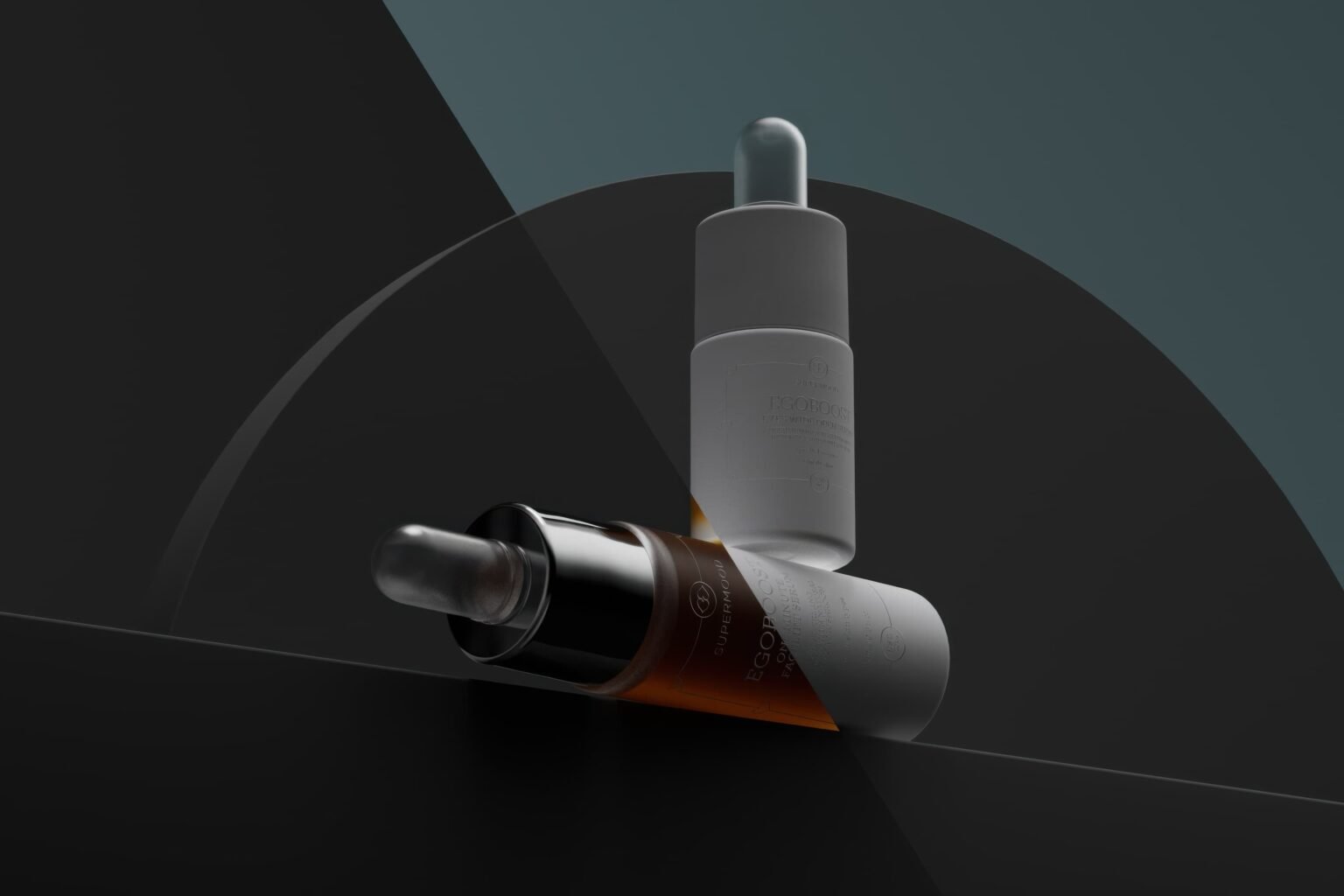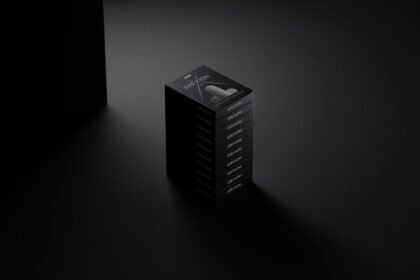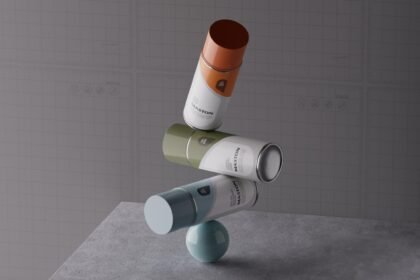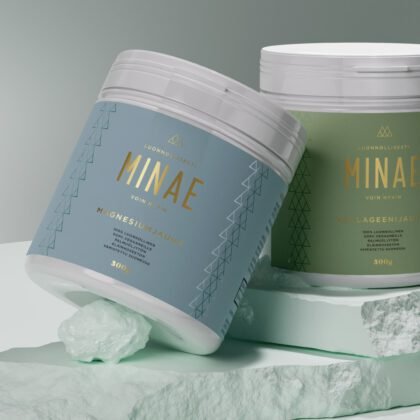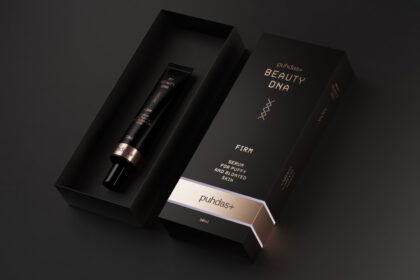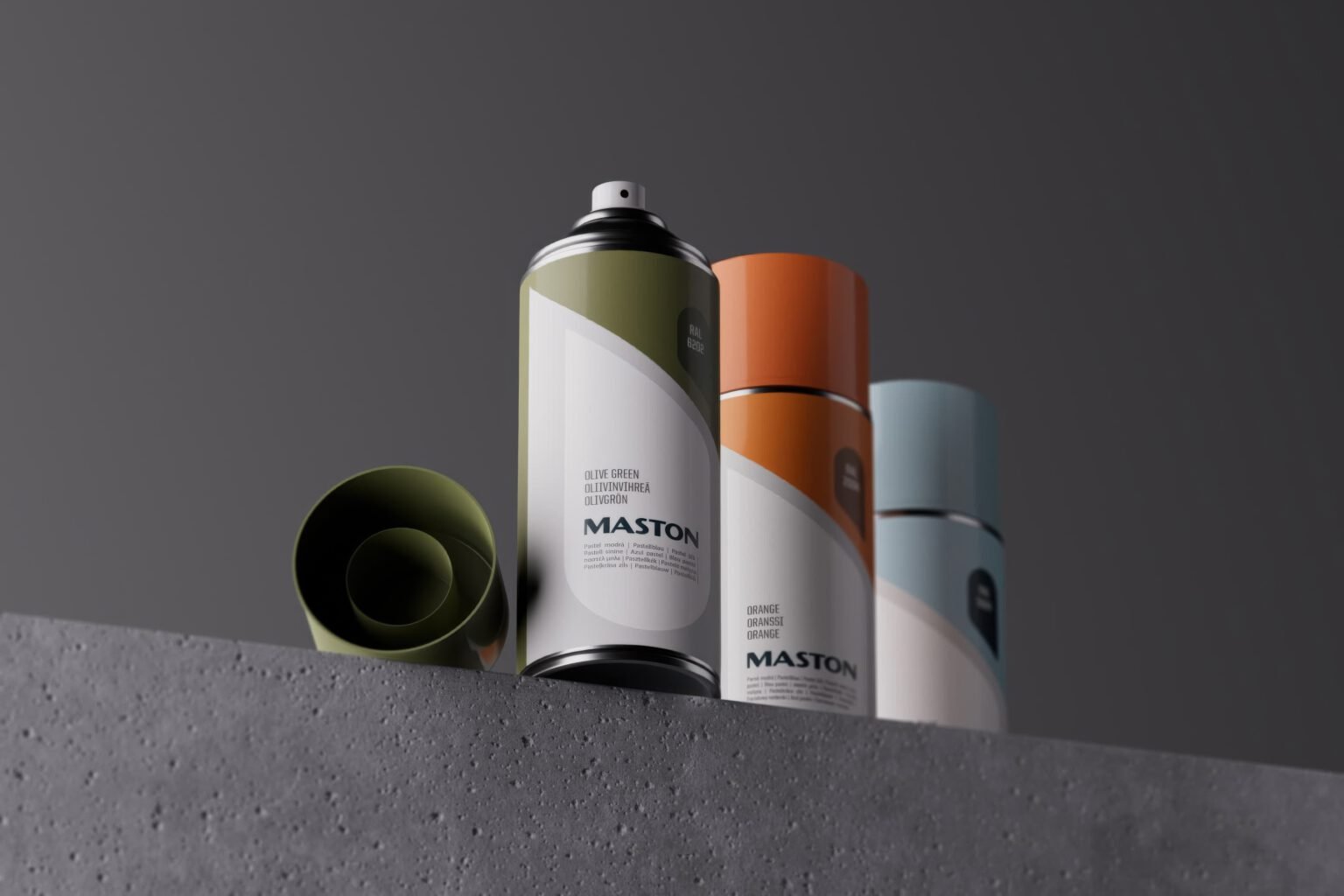In today’s competitive market, 3D visualization is revolutionizing how brands design, test, and showcase their products. This cutting-edge technology enables businesses to create hyper-realistic digital renderings, offering unmatched clarity and flexibility for everything from packaging concepts to pre-sale materials. In this post, I’ll explore the many benefits of 3D visualization and how it’s reshaping product development, marketing, and retail strategies.
The Advantage of 3D Visualization
3D visualization goes beyond traditional photographyand design methods by enabling brands to create hyper-realistic renderings of packaging, logos, and product visuals. These assets not only look great but also help brands showcase their vision with a level of detail that captivates audiences.
Integral part of product and package development
From concept to execution, 3D visualization simplifies the process of designing packaging. It allows businesses to experiment with colors, textures, and layouts in a virtual space, eliminating the need for costly prototypes and speeding up the design cycle.
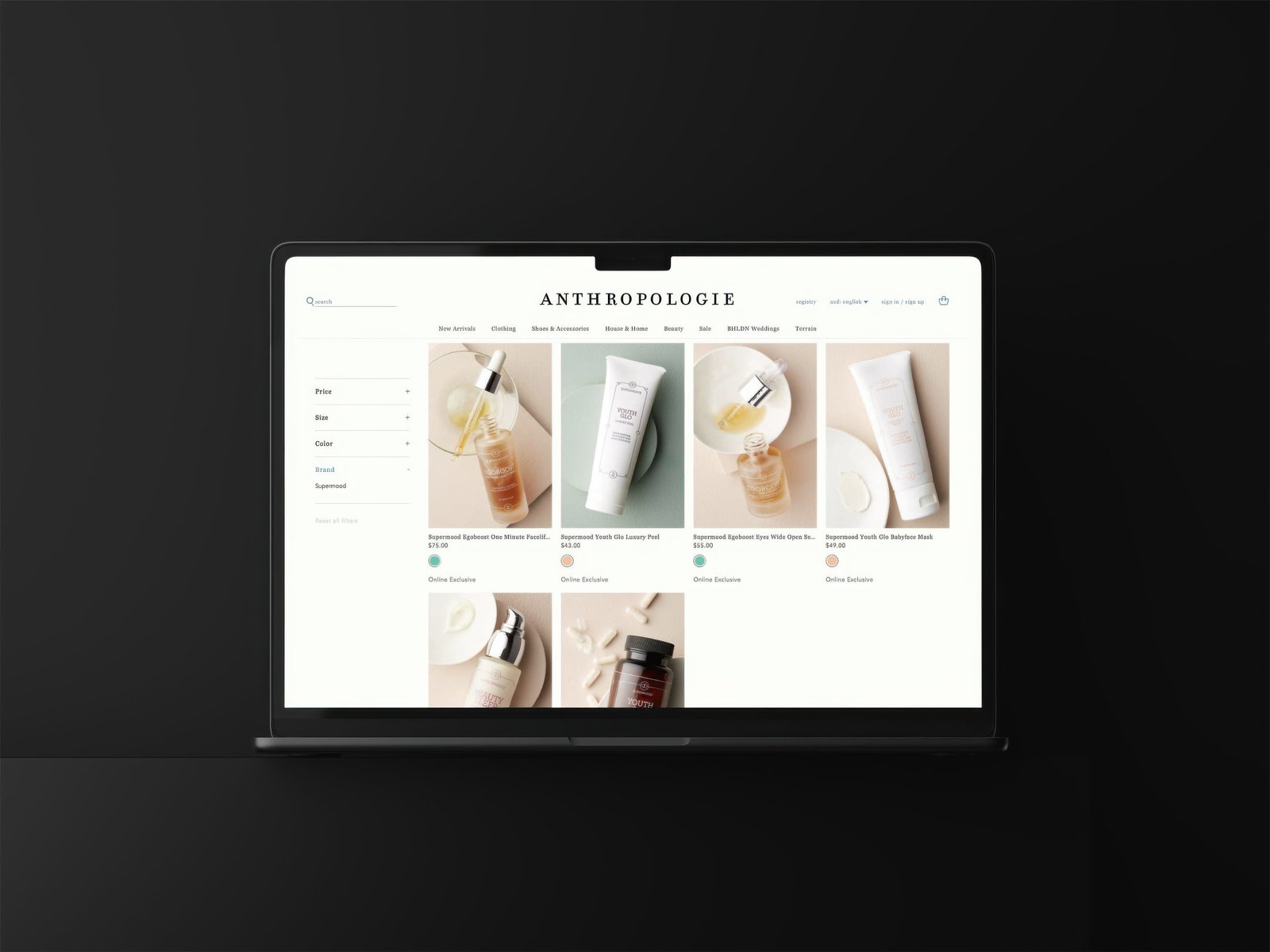
Streamlining Marketing Campaigns
3D-generated brand assets are becoming a integral part of impactful marketing. Whether for social media, print, or digital campaigns, these assets provide a polished and cohesive look that draws attention and reinforces brand identity.
Cost-Effectiveness and Flexibility
3D visualization provides a smarter, more flexible alternative to traditional design processes. By creating high-quality, realistic digital renderings, businesses can eliminate the need for physical prototypes during the early stages of product development. This saves time and reduces costs, especially for brands exploring multiple design iterations.
One of the standout benefits is how 3D assets can be used for focus group testing. Brands can present fully realized visualizations of new packaging or product concepts to gather customer feedback before any physical samples are produced. This allows for informed design tweaks early in the process, ensuring that the final product resonates with the target audience.
Additionally, 3D visualization is invaluable for pre-sale materials. When the actual product is still in development, brands can provide retailers with detailed digital assets that showcase upcoming product launches. These renderings help secure shelf space and drive interest without waiting for physical production, enabling smoother market entry.
By leveraging 3D visualization, brands gain the flexibility to refine, adapt, and promote their products more efficiently, all while staying ahead of the competition.
Conclusion:
3D visualization is redefining how brands design, test, and present their products. By enabling hyper-realistic digital renderings, it empowers businesses to create stunning, cost-effective assets that are versatile across design, marketing, and sales processes.
This technology isn’t just about efficiency; it’s about opportunity. Brands can now test new designs with focus groups, refine concepts based on real feedback, and even showcase upcoming launches to retailers—long before physical products exist. These capabilities ensure that every product reaches the market fine-tuned and fully supported.
As the demand for engaging, visually compelling brand assets grows, 3D visualization stands out as a tool that delivers clarity, adaptability, and impact. It allows businesses to stay agile in development while elevating their ability to connect with audiences and partners.
The future of brand presentation lies in this powerful technology, and as it evolves, so too will the possibilities for creating memorable, market-ready designs. With 3D visualization, brands have the tools to not just keep pace with the market—but to lead it.
